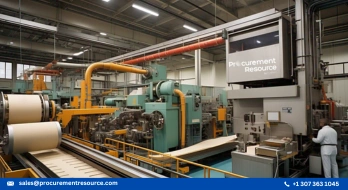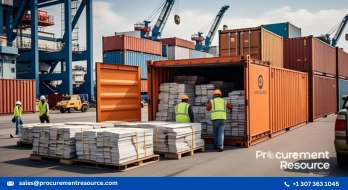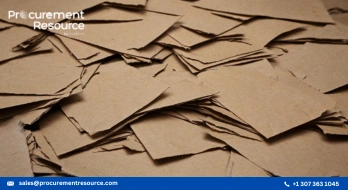The EU paper and pulp market has been witnessing significant uncertain trade dynamics with the US recently

The European pulp and paper sector faced growing uncertainty as shifting US trade policies created an unpredictable environment for transatlantic commerce. The situation escalated when US President Donald Trump threatened to impose 50% tariffs on EU imports on May 23, just before scheduled trade discussions between EU and US officials. Following high-level conversations between trade representatives and a subsequent call between Trump and European Commission President Ursula von der Leyen, both parties agreed to extend negotiation deadlines until July 9, temporarily averting the proposed steep tariffs. However, the reprieve proved short-lived as conflicting court rulings added further confusion - first invalidating the Trump administration's tariff authority on May 28, only to have a federal appeals court reinstate the measures the following day pending further review.
This volatile market scenario has significantly complicated business planning for industry participants. Many companies have abandoned traditional strategic planning in favor of more flexible, scenario-based approaches to accommodate the unpredictable policy changes. While industry observers consider the threatened 50% tariffs unlikely to materialize, most anticipate some level of increased duties in the 10-20% range should the administration prevail in court. Such measures would particularly impact the substantial trade flows between the regions, with the EU currently importing approximately 900,000 tonnes of US pulp annually, primarily fluff grades, along with 600,000 tonnes of paper and board products. Conversely, European exports to the US include about 1.6 million tonnes of paper and board plus 350,000 tonnes of pulp.
Broader market concerns persist about potential oversupply in Europe as:
- These paper grades that normally go to America might have to be sold elsewhere, likely trying to place them in European domestic markets instead.
- This sudden increase in supply within Europe could create an "oversupply" situation - where there's more paper available than the market normally consumes.
Though tariffs aren’t too likely to disrupt the trade as the European market already execute in balanced levels of production and consumption for paper and tariffs might not create a major setback for the European paper market. Contrary to the restless trade dynamics, the German packaging firm WEIG announced its expansion into the US market, offering various carton board grades through its established product lines. The company's move capitalizes on growing interest among American mid-sized converters for European alternatives to traditional Asian supply sources.
The prolonged uncertainty compounds existing demand challenges across multiple pulp and paper segments, with some industry observers questioning whether current order intake levels represent a lasting market adjustment rather than temporary weakness. The situation continues to evolve as businesses await clearer policy direction from ongoing trade negotiations and judicial proceedings.



